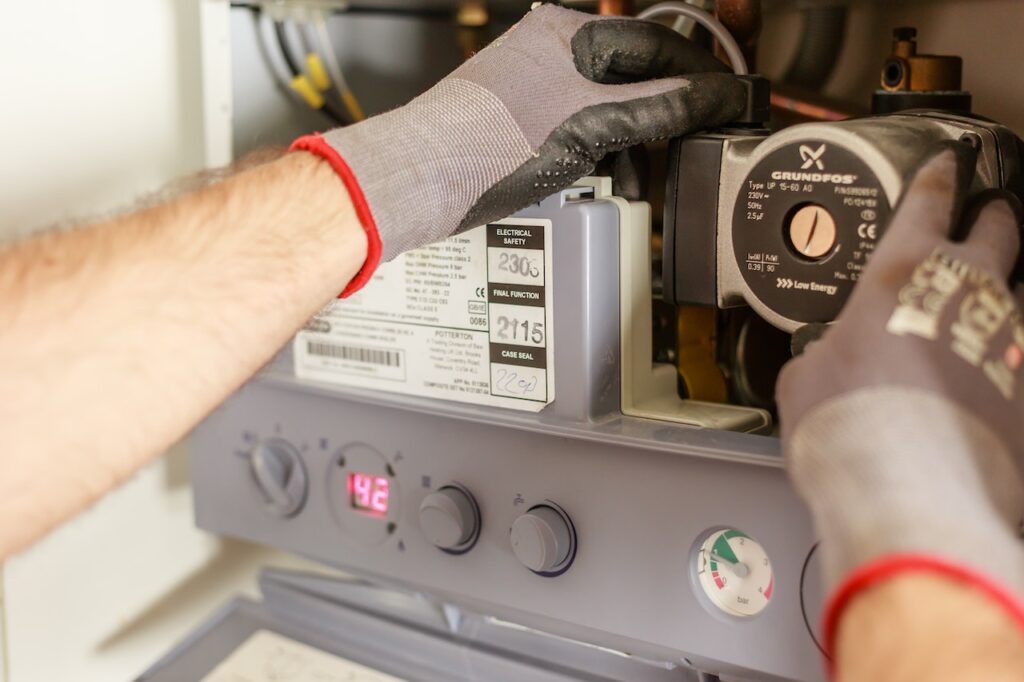How to Winterize Your Hot Water Heater to Prevent Damage

Winter is a time when it’s important to be prepare for the cold weather – especially with your hot water heater. Winterize your hot water heater can help prevents damaged and costly repairs or replacements from freezing temperatures.
In this article, we will discuss some steps you can take to properly winterize your hot water heater and keep it running smoothly.
Preparation:
The first step to winterize your hot water heater is to make sure the area around the unit is free from debris and other obstacles, such as furniture or plants. This will allow for better airflow and help prevent any potential hazards in case of a malfunction. Additionally, it’s important to make sure the temperature around the unit is not below freezing. If it’s too cold, then the water in the tank may freeze and cause it to crack or burst.
Winterize your hot water heater is an important. Taking the time to properly winterize your hot water heater can help you avoid costly repair bills and potential property damage from extreme temperatures.
This article will provide step-by-step instructions on how to winterize a hot water heater, as well as tips on preventive maintenance to keep your system running smoothly throughout the winter months.
Step 1: Drain and flush the hot water heater
This step is important for removing any sediment that has built up in the tank over time, which can create an insulating barrier between the burner and the water, reducing efficiency and potentially causing damage. To drain your hot water heater:
- Turn off the water supply to the tank
- Connect a garden hose to the drain valve at the bottom of the tank, and run it outdoors or into an appropriate container
- Open a hot water faucet in your home to relieve pressure inside the tank
- Open the drain valve and allow all of the water to drain out
- Once the tank is empty, close all valves and open the water supply to refill the tank.
Step 2: Insulate hot water pipes
Insulating your hot water pipes can help reduce heat loss and keep your system running efficiently. To insulate your hot water pipes:
- Measure the length of pipe you want to insulate
- Purchase foam pipe insulation from your local hardware store, making sure to get the correct diameter for your pipes
- Cut insulation to length and secure it with foil tape or zip ties
- Make sure all connections are tightly secured.
Step 3: Check gas connections
If you have a gas-powered hot water heater, it’s important to check the gas connections before winterizing. To do this:
- Check for any leaks or broken seals on the regulator or pipes
- Make sure all nuts and bolts are securely tightened
- If applicable, replace old hoses with new ones rated for outdoor temperatures
- Replace the dust cap and reconnect the gas line.
Step 4: Check electrical connections
If you have an electric hot water heater, it’s important to check all of the electrical components before winterizing. To do this:
- Visually inspect all wiring to ensure there are no damages or exposed wires
- Test all thermostats to make sure they are working properly
- Ensure all connections are securely fastened and replace any corroded wires
- Replace the dust cap and reconnect the power line
Step 5: Perform preventive maintenance
Preventive maintenance is an important part of hot water heater winterization. To perform routine maintenance:
- Check all hoses and connections for signs of damage or wear
- Test the pressure-relief valve to make sure it is operating properly
- Clean off any mineral buildup on the outside of the tank
- Replace filters, aerators, and other components as necessary
Conclusion:
Winterize your hot water heaters is an important parts of winters home maintenance. Following the steps outlined in this article can help ensure that your system runs efficiently and safely throughout the cold weather months. Additionally, performing regular preventive maintenance can help extend the life of your hot water heater and reduce repair costs down the line.
By following these simple steps you can be sure that your hot water heater is ready for winter.
